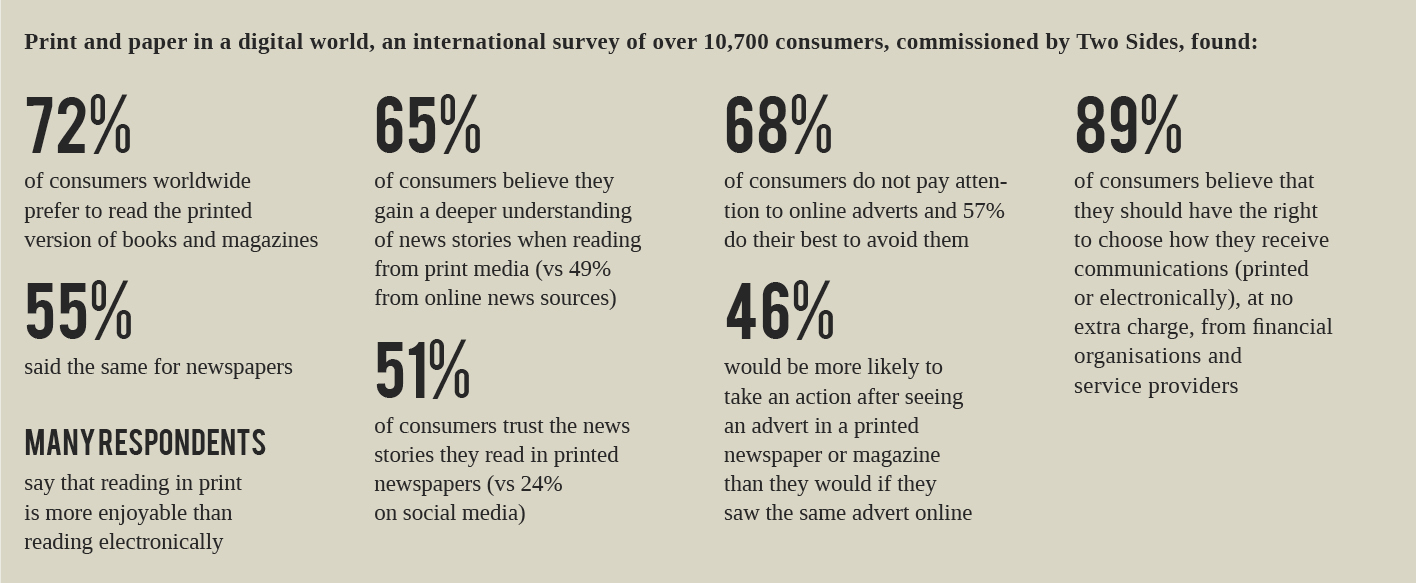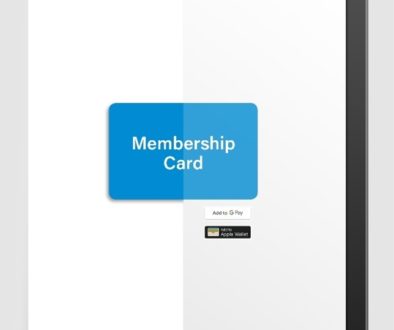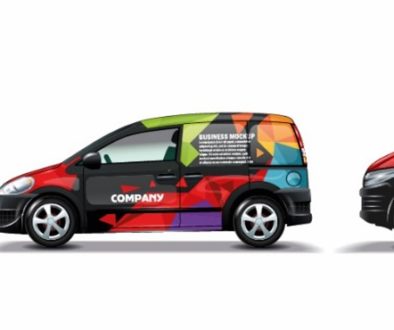The Sustainability of Paper

So, the internet is popular, it is global, it is connecting populations and it is incredibly resource hungry. But that’s OK, because to make paper we need to cut down forests. Don’t we? Let’s separate some facts from myths.
MYTH: One third of consumers believe paper is a wasteful product and one quarter think it is bad for the environment.
FACT: The European paper industry is a world-leader when it comes to sustainably sourced raw materials, renewable energy and recycling rates.
MYTH: A 2019 survey by Two Sides revealed 59% of European consumers believe European forests are shrinking.
FACT: European forests are growing by an area equivalent to 1,500 football pitches every day.
Often the source of these misconceptions is the abundance of misleading information about paper and its impact on the environment.
Paper has been the preferred communications medium for 2,000 years. Even in today’s digital world, it continues to be highly effective; responsible production, use and disposal is inherently sustainable.
Another myth is that digital is always the preferred means of communication. In fact, many consumers still value paper-based communication.
Many organisations including banks, utilities companies, telecoms companies and governments are now increasingly going online or making charges if their customers wish to receive paper-based communication.
But switching to digital is not always welcome.
It is important to understand the value and convenience of the digital revolution but also to recognise that consumers must continue to have a right to receive paper-based communications, particularly bills and statements, without penalties, supplementary charges or difficulty.
Often it is the most vulnerable members of society that depend on traditional, postal, transactional mail. The move to an online-only society risks leaving older people, the disabled, rural dwellers and those on low incomes disconnected.
It is important for policy makers to acknowledge that information on paper is preferred by many consumers and often receives more attention. Consumers wish to retain the flexibility of postal and electronic communications.
In reality, we live in an increasingly digital world where electronic and paper-based communications coexist and are often complementary. Communication strategies must not only be cost effective but also recognise citizen choice. There are many tangible benefits that paper-based documentation can bring and its preference as a means of communication by many consumers must be at the forefront of any digital planning.
Information on paper is preferred by many consumers and often receives more attention.
Print and paper in a digital world
An international survey of over 10,700 consumers, commissioned by Two Sides, found:
Source: Two Sides



